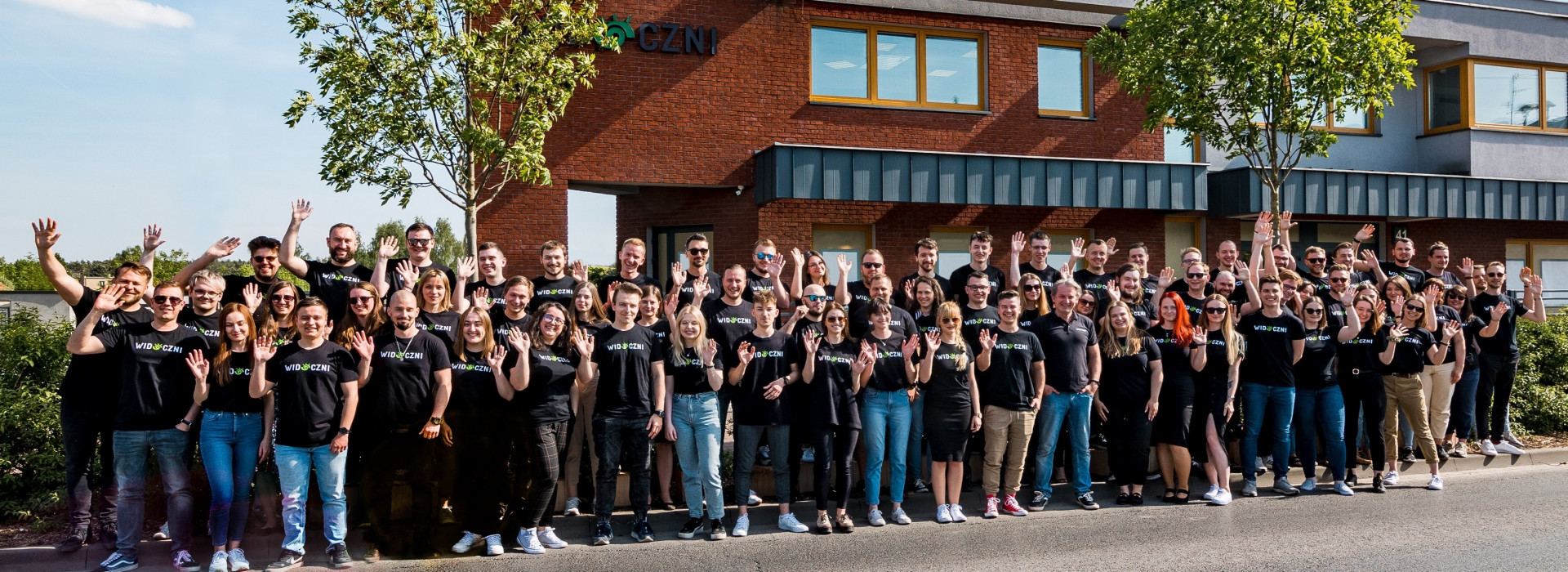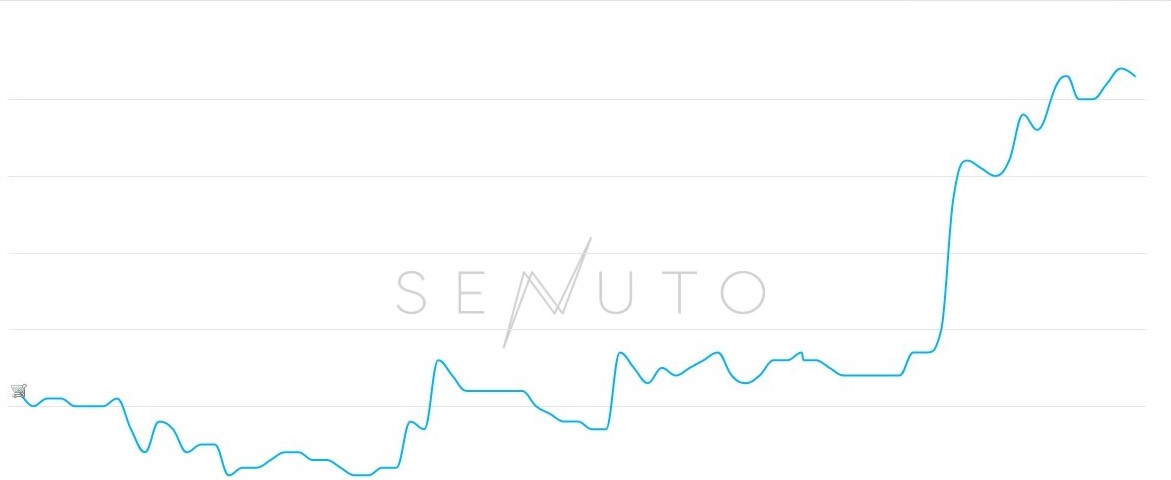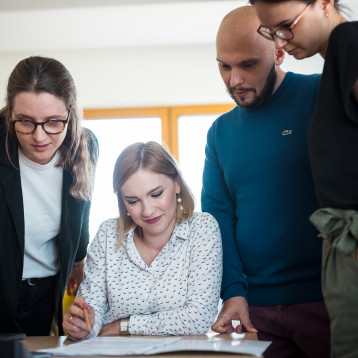Off-site positioning (also known as off-page SEO) refers to optimization for website positioning carried out outside your website.
Although it is primarily associated with link building, it is a much broader concept, and its goals extend beyond acquiring links to the site.
Off-site SEO aims to improve the quality of the site in Google's evaluation, particularly in areas called EAT (Expertise, Authority, Trustworthiness).
Efforts in off-site positioning aim to improve the site's perception by users and to convince Google bots the site's content is trustworthy, reliable, and professional. This can be achieved by mentions of the site on reputable portals, guest articles, and even, according to some, mentions of the company or shares in social media.
Still, off-site positioning is related to links. It's worth focusing on diversifying the profile of incoming links and investing not only in link building but also in influencer marketing, content marketing, and creative link acquisition strategies.
We can distinguish several types of links:
- Naturally acquired links — this type of link is obtained thanks to user activity, who share the link to the site on forums, in comments, or on their websites.
- Manual link acquisition — these links are acquired through collaborations, article exchanges, or sending requests to add links to sites where there is already an unclickable mention of the company.
- Manually added links — these links are frequently present in business directories, company lists, classified ad portals, and other similar places.
Off-page optimization is one of the pillars of website positioning and should be part of the SEO strategy. A link profile that includes valuable links, growing steadily but regularly, has a significant impact on website positioning in Google.











 What actions will our experts carry out for you regarding website SEO? Check out how our SEO process looks and learn what it involves.
What actions will our experts carry out for you regarding website SEO? Check out how our SEO process looks and learn what it involves.












 Specialists in website positioning divide the activities into:
Specialists in website positioning divide the activities into: Optimization and positioning consist of several stages, one of which is on-site activities, i.e., all changes made within the site. What stages does on-site optimization include?
Optimization and positioning consist of several stages, one of which is on-site activities, i.e., all changes made within the site. What stages does on-site optimization include?